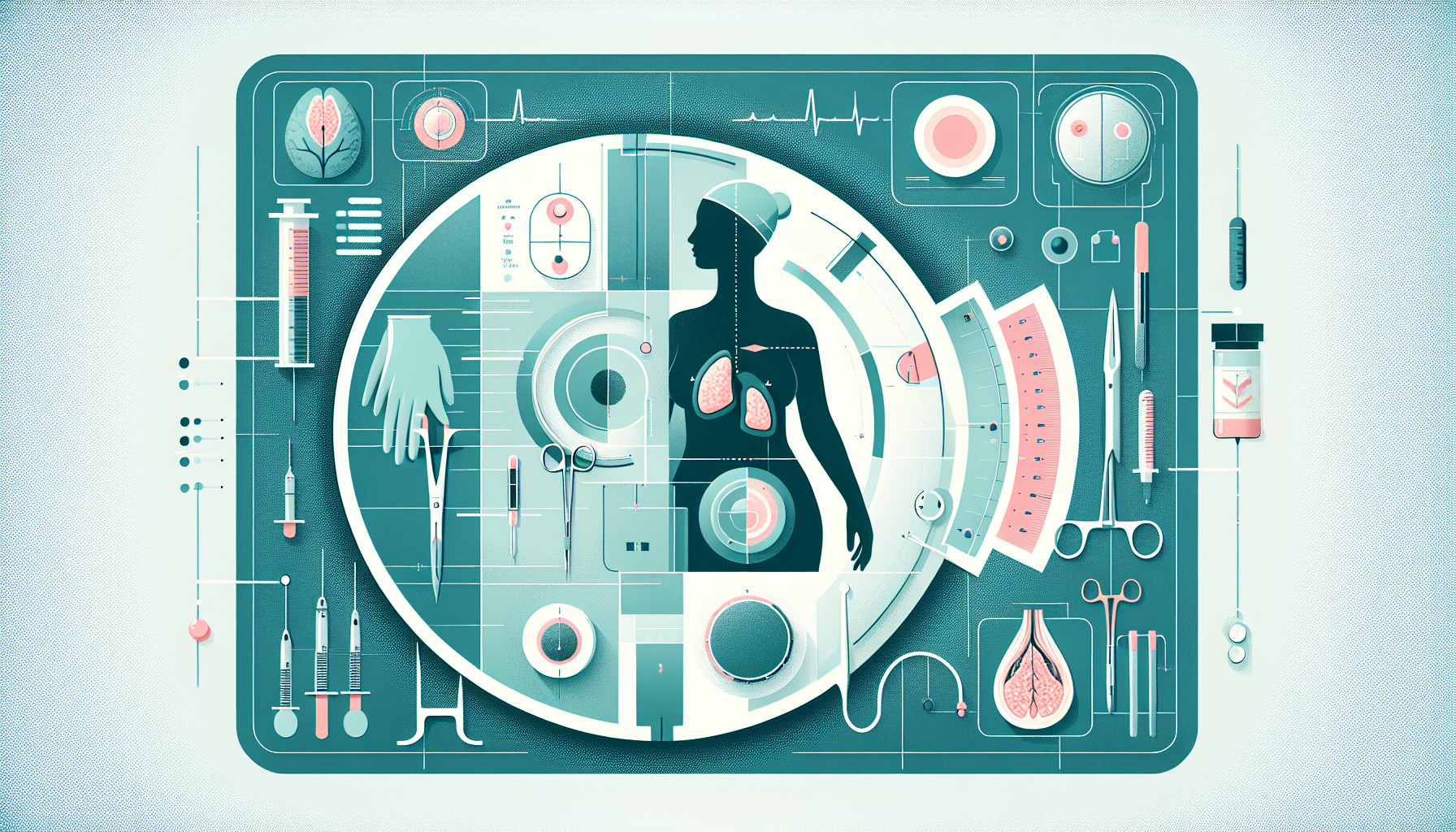Our Summary
This research paper discusses how some women, following a mastectomy (surgical removal of one or both breasts), are using tattooing as a way to reclaim their bodies and challenge societal views of female beauty and identity. Tattoos can help these women feel more connected to their bodies after surgery and can also serve as a form of self-expression, healing, and transformation. This practice is becoming more common and is seen as a way of challenging traditional ideas about the female body and beauty. The study suggests that it’s important for healthcare professionals, particularly nurses, to understand this emerging trend and the role tattoos can play in helping women heal and transform after a mastectomy.
FAQs
- What are some reasons women might choose tattooing after a mastectomy?
- How can tattoos help women feel more connected to their bodies post-surgery?
- Why is it important for healthcare professionals, particularly nurses, to understand the trend of tattooing post-mastectomy?
Doctor’s Tip
A doctor might tell a patient considering a mastectomy to explore options for reconstructive surgery or tattoos to help with the healing process and boost self-confidence. They may also recommend seeking support from a therapist or support group to navigate the emotional aspects of the surgery and recovery. It’s important for patients to feel empowered to make choices that will help them feel comfortable and confident in their bodies post-mastectomy.
Suitable For
Patients who are typically recommended mastectomy include those with:
Breast cancer: Mastectomy is often recommended as a treatment option for women with breast cancer, especially if the cancer is large or has spread to other parts of the breast.
High risk of breast cancer: Women with a strong family history of breast cancer or genetic mutations such as BRCA1 or BRCA2 may be advised to undergo a prophylactic mastectomy to reduce their risk of developing breast cancer.
Previous radiation therapy: Women who have previously undergone radiation therapy for breast cancer may be recommended to have a mastectomy if a new cancer develops in the same breast.
Large or multiple tumors: Mastectomy may be recommended for women with large or multiple tumors in the breast that cannot be effectively treated with less invasive options such as lumpectomy.
Inflammatory breast cancer: This aggressive form of breast cancer often requires mastectomy as part of the treatment plan.
Recurrent breast cancer: Women who have had a previous breast cancer diagnosis and experience a recurrence may be advised to undergo mastectomy as part of their treatment.
It is important for patients to discuss their options with their healthcare provider and weigh the potential benefits and risks of mastectomy before making a decision. Additionally, it is essential for healthcare professionals to support and educate patients throughout the process, including post-mastectomy care and potential options for breast reconstruction or tattooing.
Timeline
Before a mastectomy, a patient typically undergoes various pre-surgery consultations, tests, and preparations. This may involve meeting with a surgeon to discuss the procedure, talking to a plastic surgeon about reconstruction options, and completing pre-operative tests and imaging. The patient may also receive counseling and support to help them prepare mentally and emotionally for the surgery.
After the mastectomy, the patient will experience physical recovery, which may include pain management, wound care, and physical therapy to regain strength and mobility. They may also need emotional support to cope with the loss of their breasts and adjust to their new body image. Some patients may choose to undergo breast reconstruction surgery to restore the appearance of their breasts.
In the post-mastectomy period, some women may choose to get tattooed over their mastectomy scars as a way to reclaim their bodies and redefine their sense of beauty and identity. This process can be empowering and healing for many women, helping them feel more connected to their bodies and confident in their appearance. Tattoos can serve as a form of self-expression and a way to transform their scars into works of art.
Overall, the journey of a mastectomy patient involves physical and emotional challenges, but it can also be a time of growth, self-discovery, and empowerment. Tattoos can play a significant role in this process, helping women heal and reclaim their bodies after surgery. Healthcare professionals, particularly nurses, should be aware of this trend and support patients in their journey towards healing and transformation.
What to Ask Your Doctor
- What are the different types of mastectomy procedures available and which one is recommended for me?
- What are the potential risks and complications associated with mastectomy surgery?
- What is the recovery process like after a mastectomy and how long does it typically take?
- Will I need any additional treatments, such as chemotherapy or radiation, after the mastectomy?
- How will a mastectomy affect my physical appearance and body image?
- Are there any alternative options to mastectomy that I should consider?
- How can I best care for my incision site and manage any pain or discomfort after surgery?
- What are the long-term effects of mastectomy on my overall health and well-being?
- Are there any support groups or resources available for women who have undergone a mastectomy?
- What are your thoughts on using tattooing as a way to reclaim my body and express myself after a mastectomy?
Reference
Authors: Reid-de Jong V, Bruce A. Journal: Nurs Forum. 2020 Nov;55(4):695-702. doi: 10.1111/nuf.12486. Epub 2020 Jul 18. PMID: 32682350
